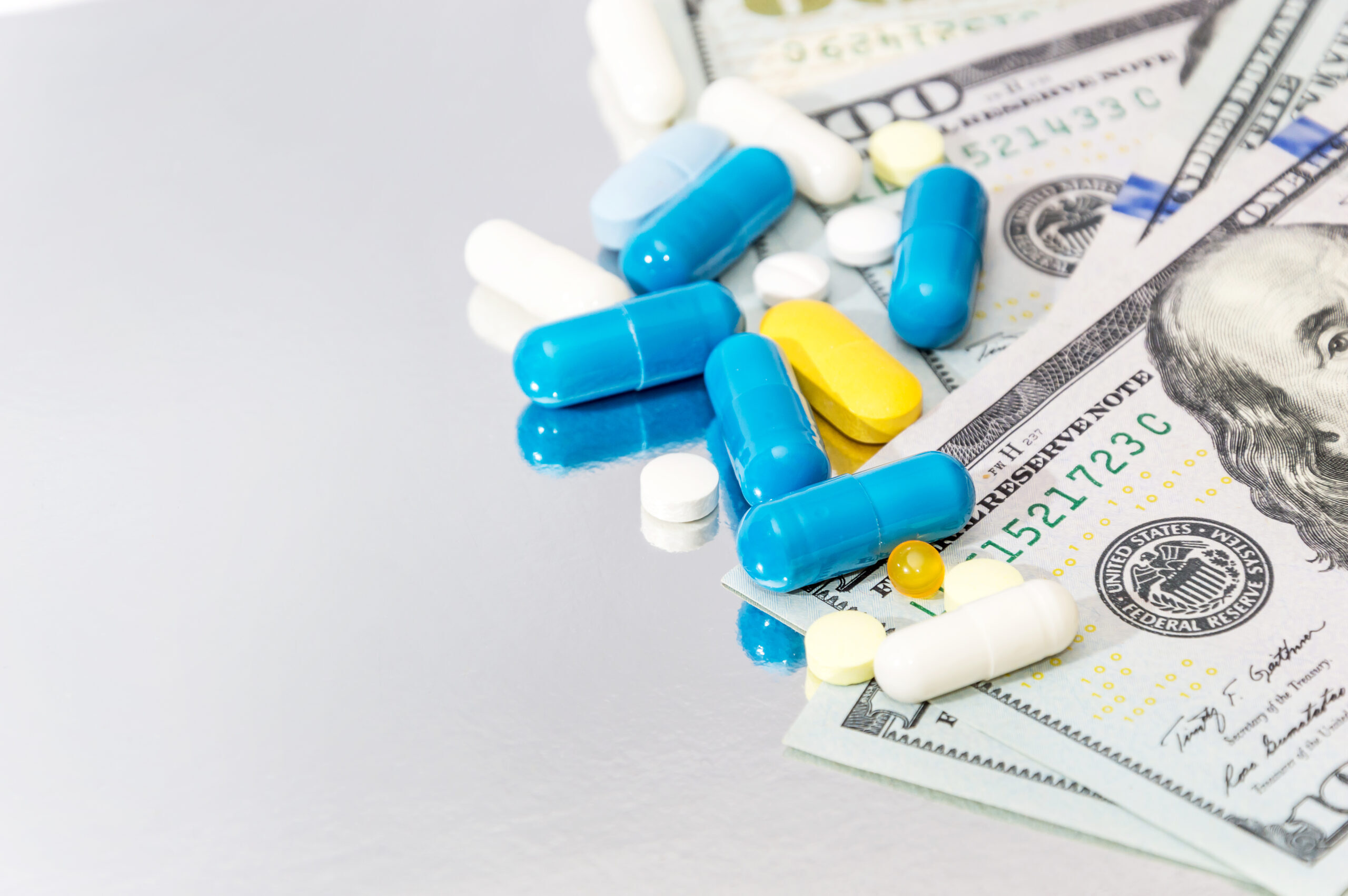© 2025 CSRXP- All Rights Reserved

DOSE OF REALITY: IQVIA REPORT SHOWS HOW BIG PHARMA’S EGREGIOUS PRICING PRACTICES DRIVE INCREASED PRESCRIPTION DRUG SPENDING
May 10, 2024
Analysis Shows Price Hikes Outpacing Inflation, Rising Launch Prices and Egregious GLP-1 Weight Loss Pricing Fueled 10 Percent Climb in U.S. Drug Spending
A report released Tuesday from the IQVIA Institute for Human Data Science examines prescription drug spending in the U.S. in 2023 as well as projected spending trends through 2028. The findings demonstrate how Big Pharma’s price hikes outpacing inflation on existing drugs, increasingly out-of-control launch prices on new drugs, and egregious prices on GLP-1 weight loss drugs are driving rising prescription drug spending in the United States.
Prescription Drug Spending Increased 10 Percent to $435 Billion
Overall, net spending on prescription drugs increased 9.9 percent in 2023, excluding a decline in COVID-19 vaccines and therapeutics, rising to $435 billion. As IQVIA’s report outlines, this is a “significant acceleration in spending growth.” Between 2023 and 2028, total prescription drug spending is expected to increase six to nine percent on a list price basis, for an overall increase of $127 billion by 2028.
Big Pharma’s Price Hikes Outpaced Inflation
IQVIA’s report found the list prices set by brand name drug companies on the products they market increased 4.9 percent during the year – above the average inflation rate of 4.1 percent for 2023.
Drug Company Launch Prices Exceeded $150,000
Big Pharma’s prices for new treatments have also continued to rise, as the median annual cost for new prescription drugs launched in 2023 “exceeded $150,000” annually. Meanwhile, average annual treatment costs for “oncology and rare diseases [are] both approaching $300,000 per patient.”
Cost of Big Pharma’s Egregious GLP-1 Prices Projected to Rise
The report underscores the impact Big Pharma’s egregious pricing of GLP-1 weight loss drugs is already having on prescription drug spending overall. In February of this year, prescriptions for GLP-1 products that treat obesity were up 584 percent compared to 2021-2022.
According to the report, spending on obesity drugs could reach between $35 billion and $73 billion by 2028, depending on the level of expansion in eligible patients for the drugs. Currently, spending on obesity medications was $5.4 billion in 2023, “up from just $0.7Bn in 2018 and largely driven by the uptake of novel GLP-1 treatments.”
The IQVIA report follows recent first quarter earnings calls from several Big Pharma companies which manufacture GLP-1 diabetes and weight loss drugs, including Novo Nordisk and Eli Lilly. Both companies reported Wall Street-topping earnings that were driven by the companies’ egregiously priced GLP-1 diabetes and weight loss drugs.
Read the full report from the IQVIA Institute for Human Data Science HERE.
Read more on Big Pharma’s Wall Street-topping first quarter earnings, driven by egregiously priced GLP-1 diabetes and weight loss products HERE.
Read more about how Big Pharma is increasingly bringing its insulin price-gouging playbook to new weight loss drugs HERE.
Learn more about market-based solutions to hold Big Pharma accountable and lower prescription drug prices HERE.
